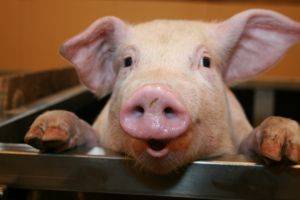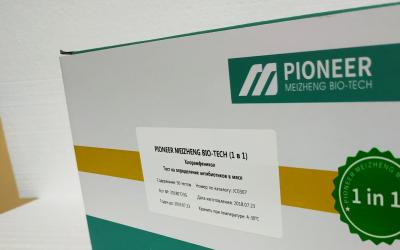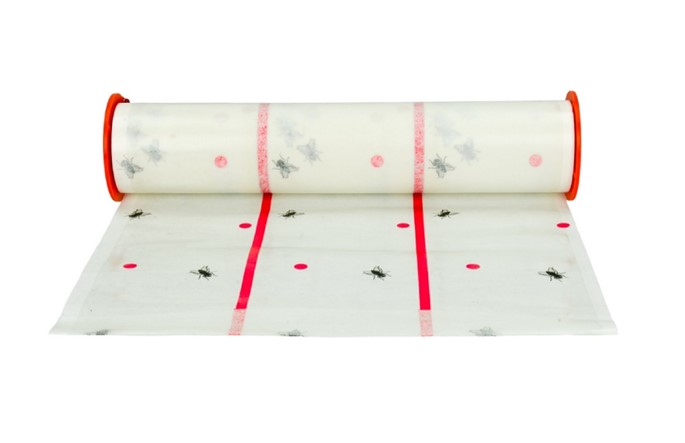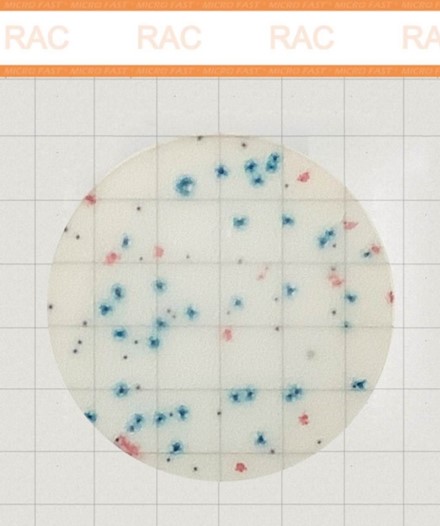Priorities in animal husbandry have changed in Yakutia
This year, a kind of revolution took place in the Yakut animal husbandry, the forerunner of which was the collapse of state farms, and the driving force was climate change. Officially, it is recorded only in statistical bulletins, although it has a serious impact on rural life.
There are two dominant branches in Yakut animal husbandry: cattle and horse breeding. At the same time, cattle breeding has been considered the number one industry since ancient times. Actually, the Yakuts are known as the most northern cattle breeders in the world. Until recently, there were significantly more cattle than horses in the region. During the heyday of state farms, this ratio was two to one.
After perestroika, the number of all farm animals began to decline rapidly. But if the horse breeders were able to overcome this sad trend and now, with the support of the state, they are creating a basis for growth, in cattle breeding, the reduction in livestock continues to this day.
In 2020, there were 183.3 thousand heads of cattle in the fairly thinned herds - 300 animals more than horses, and this still allowed cattle breeding to be considered the main industry. But this year the ratio has already changed: 180.9 thousand heads of cattle accounted for 182.8 thousand horses. Odd-toed ungulates for the first time in the history of Yakutia took the lead. And this is for a long time, because the changes are objective.
Yakut horses are unpretentious. Throughout the year, they find their own food, digging up grass even from under deep snow. For their maintenance, it is not necessary to build capital structures - horse breeding bases are fences made of poles and housing for workers. Yes, and many workers are not required - one experienced horse breeder is able to keep track of several herds. These circumstances make herd horse breeding a very profitable occupation, which is reflected in the policy of local authorities.
In 2016, a decree was signed by the HEAD of the republic on the development of the industry, in accordance with which a lot of money began to be invested in horse breeding. In four years, 250 horse depots were built with budget funds (each costing a million rubles), and by 2025 the construction of another 150 such facilities will be financed. With the support of the state, the number of breeding farms is increasing, training centers for training horse breeders are being opened. The main goal is to increase the livestock to 209 thousand. Such an indicator was achieved only once - in the most favorable year of 1992.
Horses in Yakutia are bred for MEAT - very tasty, environmentally friendly, healthy. With growing production volumes, horse breeders are already getting crowded in the domestic market. According to Andrey Tarasenko, Prime Minister of the Republic, the main topic now is the organization of an effective scheme for marketing products.
There have always been significantly more cattle in the republic than horses. But this year, 180.9 thousand of the first accounted for 182.8 thousand of the second. Changes are objective
- To enter large markets, promotion and advertising, it is necessary to certify the quality of the Yakut horse meat, - he stressed.
But cattle breeders are far from large markets, since the state of affairs in the industry depends entirely on the fodder base that is in a sad state. Cows in Yakutia are kept in stalls for eight months of the year, and they must be fed with what is harvested during the summer. But after the collapse of state farms, when the livestock was reduced, remote farmlands were abandoned as unnecessary. Farmers, who had several dozen heads of cattle, initially had enough meadows and arable lands located near the villages. However, climate change, accompanied by increasingly severe natural disasters, has led to the fact that the areas remaining in economic development are not enough to harvest the necessary volumes of hay. Yakutian meadows, which once provided for the maintenance of 420 thousand heads of cattle, are now unable to feed the shrunk,
In the driest years, the government of the republic began to allocate funds for the import of hay from other Far Eastern regions. But this is not the most reliable source of feed. For example, this year, due to an unprecedented drought, only about 85 percent of the hay was harvested. Already in the middle of summer, the Yakut people began to negotiate with their neighbors on the purchase of the missing volumes. And they seem to have agreed, which gave grounds to the head of the republic, Aisen Nikolaev, to declare:
- Wintering will not be easy, but we have set the task of preventing a decrease in the number of livestock.
However, as Mikhail Nikiforov, Deputy Prime Minister of the Government of Yakutia, recently reported, purchases of roughage in Transbaikalia and the Amur region (from the main potential suppliers) will be limited due to the difficult epizootic situation with African swine fever in these regions.
“In this regard, municipalities that have fulfilled the hay harvesting plan by more than 80 percent will not be delivered roughage from other regions,” Nikiforov noted.
In 2013, under similar circumstances, officials traveled around the villages and persuaded people not to let cows go under the knife. Even the ransom of animals from the population was organized with their transfer to the most prosperous farms. It did not help: by winter, the livestock was reduced by 16 thousand. How the villagers will react to the current situation will become clear in November, with the onset of the slaughter season.
... It would seem that if one livestock industry is experiencing problems, and the other is developing, then in total it will come out. However, this is not quite true. According to the regional Ministry of Agriculture, more than 1,600 people are engaged in herd horse breeding. With the increase in the number of horses, the number of workers with a stable income will increase, but not by much. But the breeding of cattle gives a permanent income to tens of thousands of milkmaids, calves, cattlemen, MILK receivers, workers in butter mills and other milk processing shops. The army of haymakers and fodder farmers also mainly works for the needs of pastoralists. The horse, of course, is more economically profitable as a source of profit. But the cow is the nurse.



























































